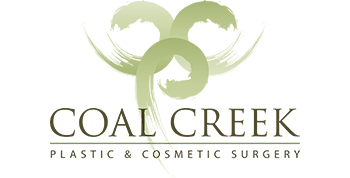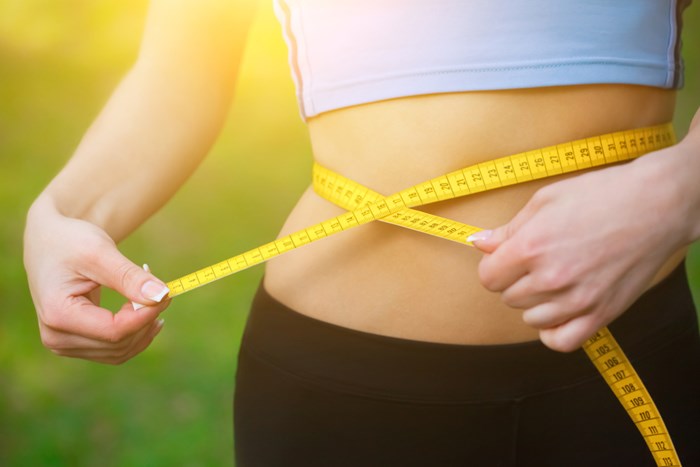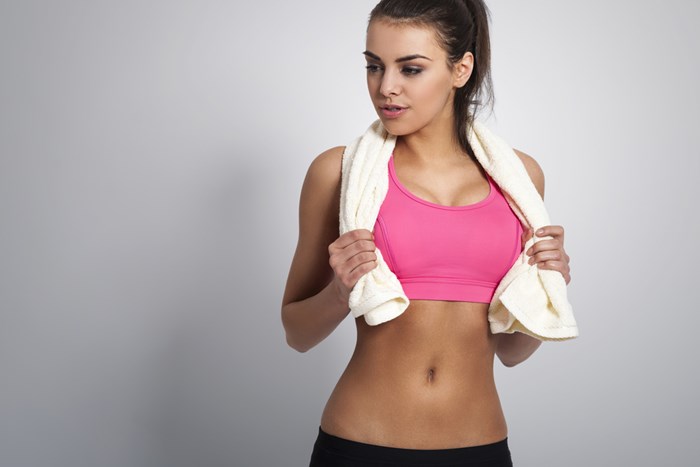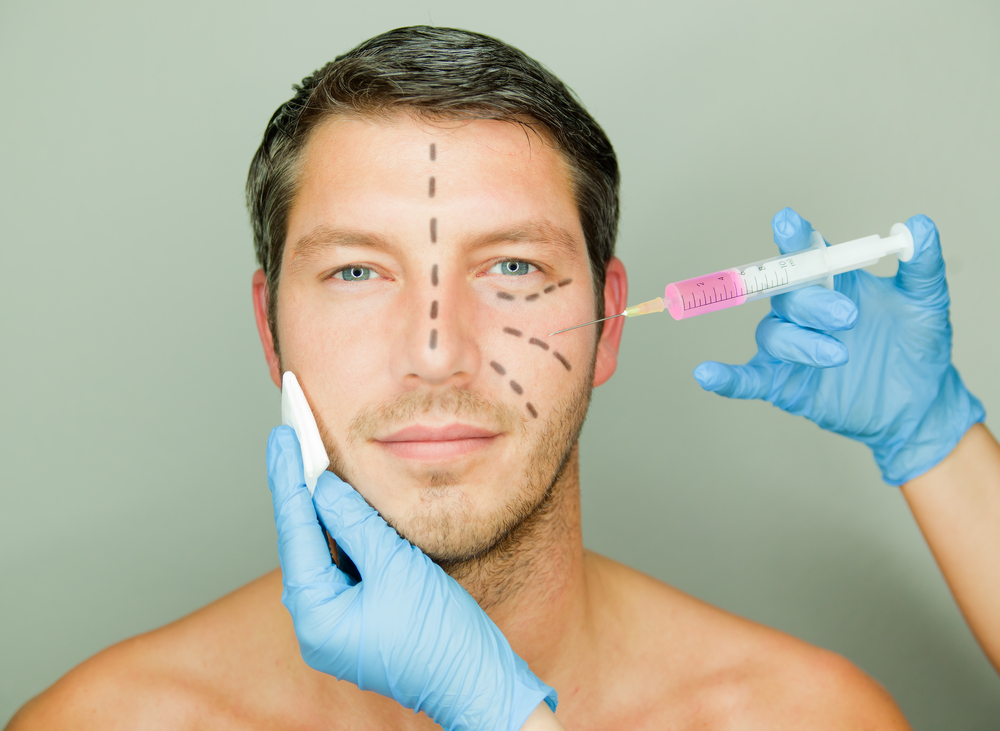So you work out, eat smartly and watch your calorie consumption but your face looks tired, and you look older than you feel. Trust me, you’re not alone. The good news is something can be done that is predictable and sustainable to make you look and feel better about your face.
The key to success is a thoughtful facial analysis, which evaluates your bone structure, muscle activity, soft tissue volume, skin quality and the position of your forehead, brows, eyelids, cheeks and neck.
Treatment plans often include skin quality improvement with techniques such as serial chemical peels. If excessive muscle activity leads to a harsh appearing forehead and brows, muscle modulation with Botox can be an excellent approach.
Looking at the upper third of the face, we evaluate brow position with respect to the bony orbital rim and its relationship with the upper and lower eyelids. On women you want the brow to be above the orbital rim with the outer third being elevated compared to the inner 2/3 of the brow. Heavy hanging brows make the eye aperture appear small and tired.
Another important factor in evaluating the upper eyelids is eyelid ptosis (the muscle mechanism which elevates and maintains resting tone of the upper lids). Eyelid ptosis must be addressed with the blepharoplasty to prevent a tired sleepy appearance despite correcting the fat pads and excess skin.
The lower eyelids must be evaluated carefully in comparison to the bony anatomy surrounding the eye and the supporting structure of the lateral canthus, which anchors the eyelids to the lateral bony orbit. Great care must be taken if you have a prominent eye compared to your cheeks and have deficient lower eyelid vertical skin coverage. Weak lateral canthi can result in excessive eye exposure leading to pain and visual disturbance.
Finally, the lower eyelid cheek junction must be inspected. A large tear trough and bulging fat pads can detract from a youthful appearance. Taking out too much fat can result in a hollow eyelid, which can actually create an even older appearance. Current techniques include judicious removal of some of the fat and then actually transposing the fat pad down onto the cheek mass obscuring the demarcation and giving volume to the cheek and avoiding a hollow look.
The midface is all about volume. As we age, the cheek fat pad shrinks in size leading to the face falling with accentuation of the nasolabial folds. In most cases midface restoration can be corrected with volume-added techniques of either fat or filler agents making tissue repositioning in this area less important. A non-invasive injection of Voluma can be a great treatment option.
The lower facial third and neck are evaluated with regard to the jaw line, chin neck angle, and the draping of the soft tissues including the skin and neck muscles. Younger people with good skin quality may well be treated with liposuction alone to achieve a pleasing neck line. If the lower jaw is small with respect to the rest of the face, a chin implant or chin repositioning may help your neck appearance, in addition to liposuction to improve results and create harmony with the lower facial third compared to the rest of the face.
Older skin, with bands of the platysma muscle showing through, is less compliant and is best treated with a neck lift procedure. This surgery includes fat equilibration, neck muscle tightening and soft tissue repositioning and stabilization around the ears.
Facial rejuvenation may initially have some pain, swelling, and bruising, but after the dust settles, results can be natural and youthful in appearance with long-lasting results that will boost your confidence beyond any wardrobe or hair makeover and make you look as good as you feel!
Original Article Available Here



